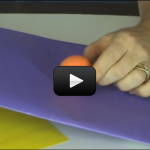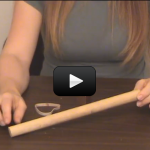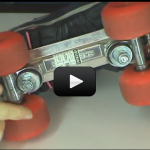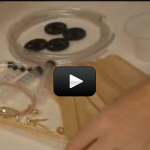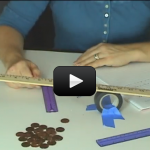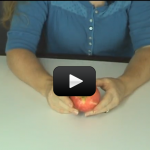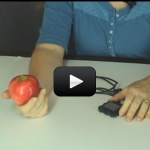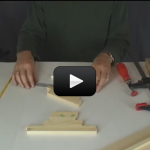We’re beginning a block on energy. I’m not going to lie to you… this stuff is tough. At least at first. Many of these concepts are quite abstract and it takes a while for them to sink in.The first bit will focus on some of the major definitions of energy so that you can get a feel for what energy is and what it does. Then we will begin to learn about some of the many forms of energy (sound, thermal, light, heat, electrical) and what they do. Are you ready? Let’s get going.You can get started by watching this video, and afterward either read more about it or start your experiments!
So what is this lever thing anyway? Well, at it’s most basic level, it’s a stick and a rock…pretty simple machine huh? The lever is made up of two parts, the lever (the stick part) and the fulcrum (the rock part). Believe it or not, using this very simple machine you can lift hundreds of pounds with your bare hands and very little effort. Let’s try it.
This video gets you started on the right foot. We’ll outline what’s coming up for this week and how to get the most out of our lesson together. Enjoy!
This video gets you started on the right foot. We’ll outline what’s coming up for this week and how to get the most out of our lesson together. Enjoy!
Scientific Concepts:
- Energy is the ability to do work.
- Work is moving something against a force over a distance.
- Mathematically, work = force x distance.
- Work can be measured in Joules or calories.
- Power measures how quickly work can be done.
- Mathematically, power is work divided by time.
- Power can be measured in horsepower or Watts.
- Next lesson we will deepen our study of energy by investigating the two main categories of energy, potential and kinetic.

